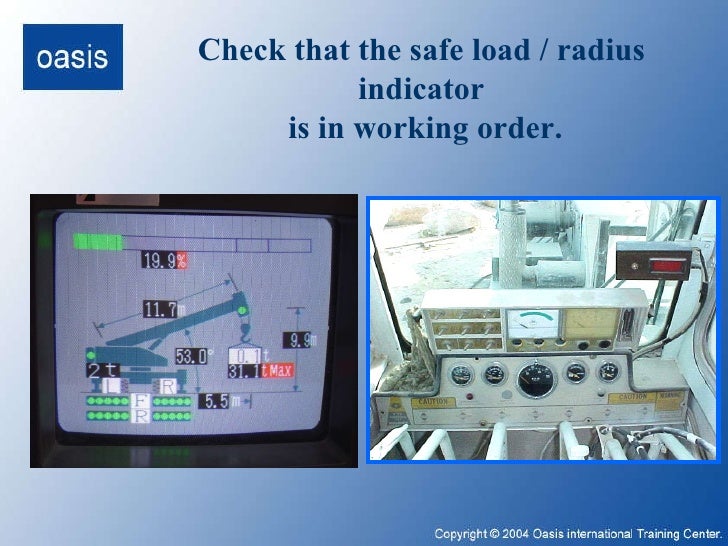Bs 7121 Part 11

The best place to start your search for the right part is to find your engine or product model number. Don't worry, these numbers aren't hard to find if you know where to look. If you have a copy of your owner's manual it should contain your model number.
If you don't have your manual, the next place to look for the rating tag on your machine or sometimes it is engraved directly into the motor housing. For overhead valve engines, just look at the valve cover. They stamp the model number there. Briggs model identification numbers comprise three components: the actual model number, the type number, and the code number. The model number is coded with the engine’s displacement, engine design, crankshaft orientation, special equipment, and starter type. The type number contains information about additional mechanical parts, the paint color, decals, and governed speed.
You’ll need the model and type number to find the correct parts for your engine. You may also need the code if they have changed the engine mid-production. We understand that repairing your equipment yourself can be a tricky process. That's why we've developed repair resources to help keep you on track. These repair resources are our Forum, Repair Center and YouTube channel. And each of them is intended to help you through different parts of the repair process.
Bs 7121 Part 11
Bs 7121 1º -CODE OF PRACTICE FOR SAFE USE OF. AND MATERIALS Any part of. BS7121-2 gives guidanceRESPONSIBILITIES OF THE CRANE.
The Repair Forum is best used as a medium for asking questions and diagnosing issues. The Repair Center is packed full of repair articles that break down a repair into terms that even the most inexperienced DIYer can understand.
And our YouTube channel boasts hundreds of step-by-step repair and maintenance videos with our in-house expert. These videos are great at explaining the repair steps in simple terms and helping you make it all the way through a repair. The best part about all of these resources is that they're free to use for anyone. Check them out today!
Bs 7121 Part 11
What is LOLER? Lifting Operations and Lifting Equipment Regulations The Lifting Operations and Lifting Equipment (LOLER) Regulations came into force in 1998. They cover all operations and equipment which involve lifting people and goods at work. They cover such equipment as cranes, lifts, hoists, chains, ropes, slings, hooks, shackles, eyebolts, rope and pulley systems, and forklift trucks. They also cover second-hand and leased equipment, e.g.
Companies hiring out cranes retain duties over how the equipment is used and maintained by their customers. They apply to all workplaces – building sites, offices, hospitals, farms, factories, etc. All the requirements of the Provision and Use of Work Equipment 1998 Regulations apply to lifting equipment.
BS 7121 is the British Standard Code of Practice for the Safe Use of Cranes. Dance dance revolution 3rd mix. It is recognized as best practice in the industry and has been drawn up by the industry in conjunction with the Health and Safety Executive (HSE). HSE recommends the use of BS7121 to any person or organisation who have duties under the Health and Safety at Work Act 1974 and who use or hire cranes. Whilst compliance to the code does not in itself confer immunity from legal obligations, failure to comply would be taken as prima facie evidence of failure to provide a safe place of work for employees and contractors. The code also gives guidance on how to comply with Lifting Operations and Lifting Equipment Regulations 1998 and the Provision and Use of Working Equipment Regulations 1998. Part 1 gives general guidance and recommendations on the use of cranes whilst Part 3 deals specifically with the use of mobile cranes.